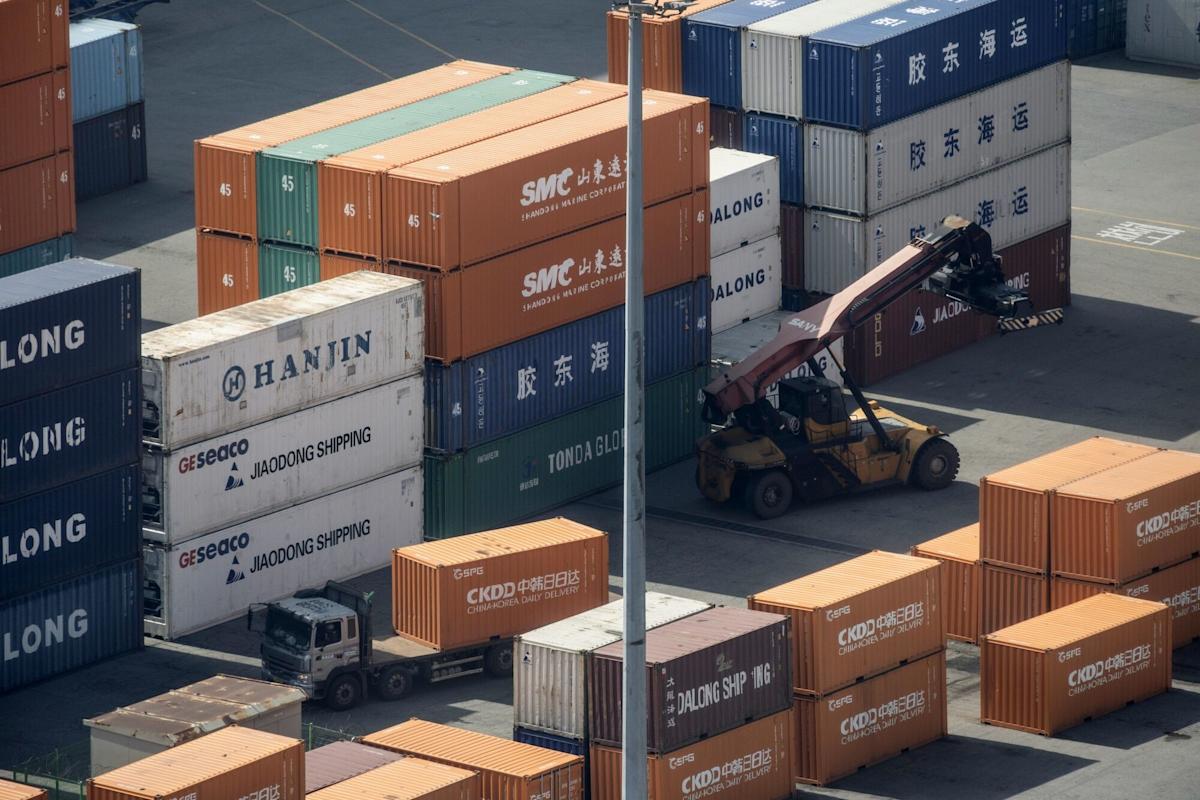(Bloomberg) — Manufacturing across Asia was split last month, with activity improved in South Korea and steady in Vietnam, a major US supplier, while President Donald Trump’s global trade levies appeared to bite into demand from Taiwan and Japan.
Malaysia, along with semiconductor hub Taiwan and Japan, held below the 50-mark, which divides readings between contraction and expansion, while the Philippines slipped under it, S&P Global data published Wednesday showed. Meanwhile, Thailand joined South Korea with faster activity, while Indonesia slowed but stayed within expansionary territory.
Most Read from Bloomberg
The September report marks the first full month of manufacturing PMI data following Trump’s reciprocal tariffs coming into force Aug. 7. Those duties were followed last month by punitive levies on brand name pharmaceuticals, as well as autos, softwood lumber and kitchen cabinets.
At the same time, carveouts — such as those for drug companies already investing in the US— could lessen the blow on countries across Asia.
Meanwhile, manufacturing activity in China extended its slump for a sixth month, government data showed Tuesday.
South Korea recorded an expansion for the first time since January, hitting 50.7, supported by a rise in new orders for the first time since March and employment picked up.
In South Korea, “companies commonly mentioned hopes that further new product development would support growth, and that the health of the domestic economy would start to improve,” S&P Global analysts wrote. “That said, concerns were raised over the timing of any recovery and the long-term impact of higher tariffs.”
In Vietnam, “the more certain picture regarding tariffs appears to have helped the demand environment,” S&P analysts wrote, noting that the contraction of new export orders narrowed.
Taiwan, the world’s top chipmaker, saw activity slump further on muted demand to 46.8, linked to the impact of US tariffs, S&P Global said. Conditions in Japan also deteriorated at the quickest pace in six months, at 48.5.
Most Read from Bloomberg Businessweek
©2025 Bloomberg L.P.

